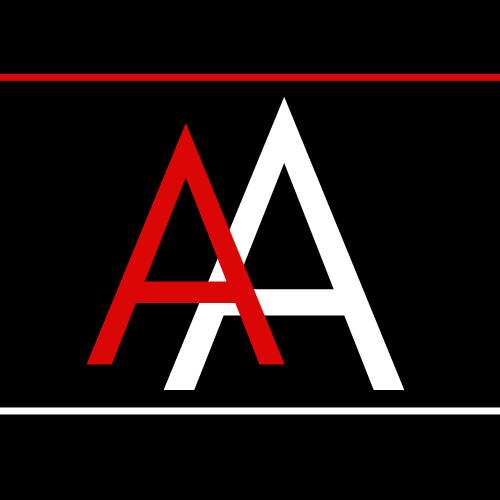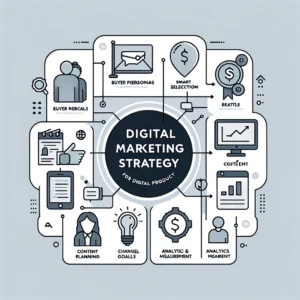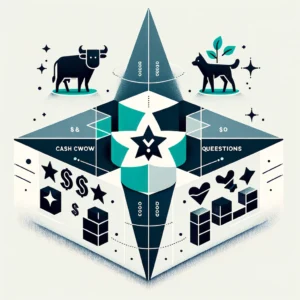Overview of Agile Product Ideation
In the world of product development, ‘Agile Product Ideation’ stands out as a pivotal process. This approach, distinct in its agility and flexibility, plays a crucial role in aligning product development with the ever-evolving market demands and customer needs. Agile product ideation is not just about generating innovative ideas; it’s about doing so rapidly, iteratively, and in close sync with the market’s pulse.

Importance in Today’s Product Development Landscape
In today’s fast-paced, technology-driven environment, the traditional, linear approach to product development often falls short. Agile product ideation fills this gap by offering a methodology that is adaptable, customer-focused, and responsive to change. It equips product teams with the ability to pivot quickly, experiment, and iterate based on real-time feedback and changing requirements. This approach not only accelerates the ideation process but also significantly enhances the chances of developing products that truly resonate with the target audience.
What is Agile Product Ideation?
Need an advice in product developement? Click here
Agile product ideation is an integral part of the agile methodology, characterized by a flexible, iterative approach to developing new products. At its core, this process is about swiftly navigating through the uncertainty that often accompanies new ideas. It involves continuously refining and improving these ideas through a series of short, iterative cycles known as ‘sprints.’ This approach ensures that product development is not only innovative but also aligned with the actual needs and preferences of the end-users.
The Agile Product Ideation Process
Idea Generation
The first step in agile product ideation is idea generation. It’s a creative phase where diverse thoughts and concepts are encouraged. Teams brainstorm and leverage various techniques to generate a wide array of ideas, focusing on quantity over quality in the initial stages. This open-minded, inclusive approach fosters innovation and paves the way for more refined ideas in subsequent stages.
Idea Selection
Following the generation phase, the selection process begins. Here, the focus shifts to evaluating and shortlisting the most promising ideas. This stage involves critical analysis, considering factors like feasibility, market potential, and alignment with business goals. The agile nature of this process means that ideas are not just selected but also prioritized based on their potential impact and the ease of implementation.
Implementation
The final phase of the agile product ideation process is implementation. This is where ideas are transformed into tangible products or features. During implementation, agile teams work in sprints, developing prototypes, testing them with users, and iterating based on feedback. This phase is crucial as it turns abstract ideas into concrete solutions that can be launched in the market.
Agile Methodology in Product Development
The Role of Sprints in Agile Development
Sprints are the heartbeat of agile methodology, especially in the context of product development. These are short, time-boxed periods, typically spanning two to four weeks, during which specific work has to be completed and made ready for review. Sprints allow teams to break down complex product development tasks into manageable chunks, enabling frequent reassessment and adjustments as needed. This structure ensures a continuous, iterative development process, with each sprint building upon the learnings and outcomes of the previous ones.
Collaborating with Stakeholders and Teams
Agile product development emphasizes close collaboration between different stakeholders, including product owners, developers, business teams, and end-users. This collaborative approach ensures that all perspectives are considered, leading to more well-rounded and user-centric products. Regular meetings, such as daily stand-ups and sprint reviews, keep everyone aligned and informed, fostering a culture of transparency and collective responsibility. This collaboration is vital for ensuring that the product evolves in a way that meets the users’ needs while staying true to the business objectives.
Tools and Techniques for Agile Product Ideation
“How Might We” Statements
This design thinking approach begins by presenting data insights or user pain points and then formulating open-ended questions like “How might we design a more efficient public transportation system?” It’s a technique that encourages collaborative brainstorming and1 thinking1.
Question Assumptions
Encouraging teams to challenge their assumptions is vital for unlocking new perspectives. This involves identifying current assumptions and exploring their opposites, leading to novel solutions. For example, questioning the necessity of traditional bed designs can lead to innovative space-saving furniture concepts【27†source】.
Picture Prompts
Using visual stimuli can be very effective. Teams are presented with a variety of images, leading to the generation of ideas based on the visual cues. This method particularly benefits individuals who are visually oriented and c1rce of unexpected creative leaps【27†source】.
Storyboarding
A visual storytelling method, storyboarding involves creating a sequence of drawings to outline a narrative. This technique can effectively visualize the problem-solution journey, making1l tool for ideation and planning【27†source】.
SCAMPER
SCAMPER is an acronym for Substitute, Combine, Adapt, Modify, Put to another use, Eliminate, Reverse. It’s a method that prompts teams to look at existing products or services from different angles, helping to1w possibilities and improvements【27†source】.
Round Robin
A structured brainstorming tool, Round Robin involves circulating an idea among team members, each adding their input. It helps in refining and expanding upon an idea through collective intelligence, often leadin1obust and well-rounded solutions【27†source】.
Mash-up Method
This tool involves combining elements from seemingly unrelated fields to generate innovative ideas. By forcing connections between disparate concepts, i1to unique and creative solutions【27†source】.
Analogy Thinking
Looking at successful products or business models from different industries and drawing analogies to one’s own challenges can be a powerful tool for ideation. It encourages teams to learn from the success of others and 1 strategies to their own context【27†source】.
Brainstorm Cards
Using a set of pre-prepared “How might we…” questions on cards, team members generate solutions to challenges posed. This can be done individually or in groups, fostering diverse perspectives and creative problem-solving【27†source】.
In conclusion, agile product ideation is enriched by a variety of tools and techniques that promote creativity, collaboration, and user-centered thinking. These methodologies ensure that product development is not only innovative but also aligned with the real needs of the market and end-users.



